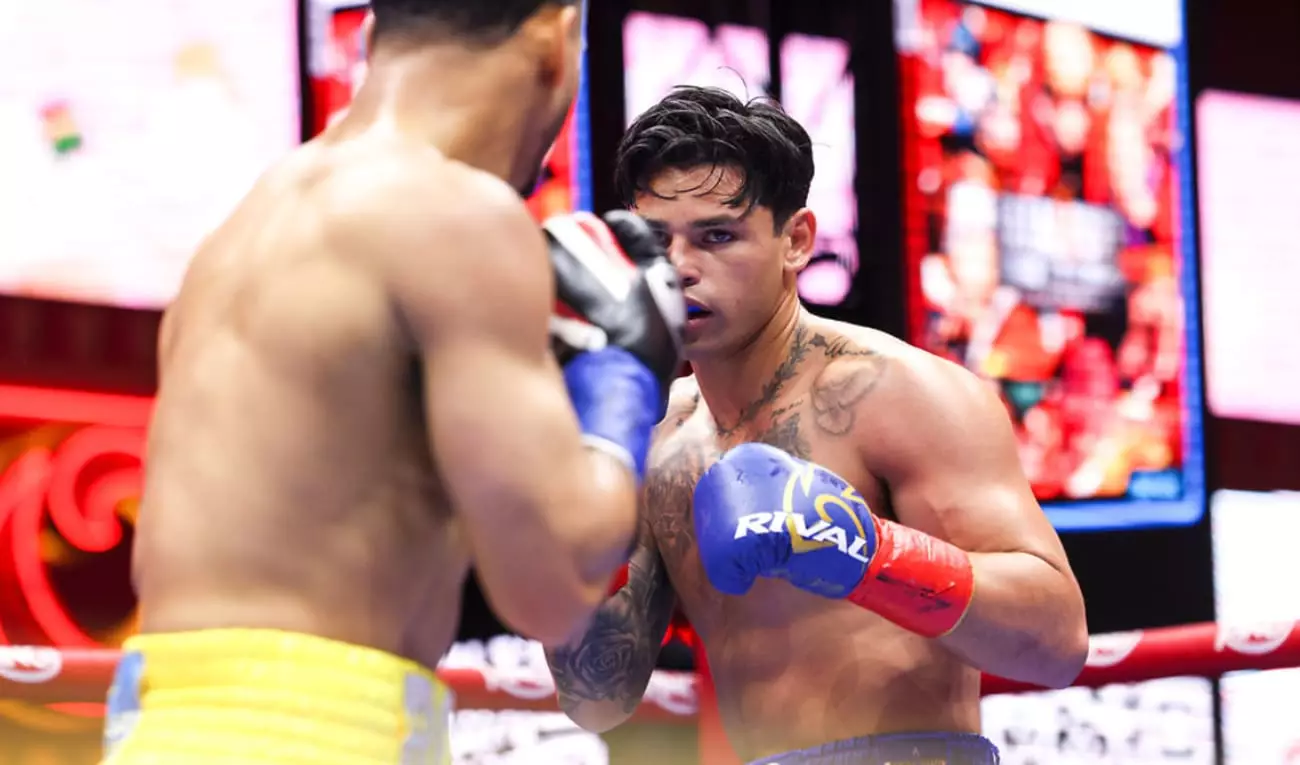Oscar De La Hoya’s recent stance on Ryan Garcia’s next fight underscores a broader philosophy about what boxing needs to thrive in today’s competitive landscape. Instead of revisiting the dull and predictable rematch with Rolly Romero, De La Hoya prefers to pursue high-stakes, fan-engaging bouts such as Garcia versus Teofimo Lopez. This decision reveals a strategic understanding that the sport’s vitality depends on compelling narratives and marquee matchups. Repeated rematches, especially those lacking excitement, tend to stagnate interest, dilute fighter legacies, and ultimately harm the sport’s growth. De La Hoya’s emphasis on more ambitious and entertaining fights demonstrates an astute awareness that the boxing world craves fresh rivalries that carry genuine stakes and storytelling potential.
The Value of Star Power and Fan Engagement in Fight Building
When considering the significance of matching Garcia against Lopez, the financial and promotional implications become apparent. Lopez, boasting a stellar 22-1 record and a proven ability to draw viewers, represents a significant opportunity for DAZN’s pay-per-view model. Similarly, Garcia, with a robust audience, is a valuable asset whose next fight must maximize visibility and revenue. Ensuring that fighters face opponents who can generate excitement is critical for maintaining lucrative partnerships and fostering long-term fan loyalty. De La Hoya’s reluctance to entertain a Romero rematch is not purely about fight quality; it’s about strategic brand positioning. Fans demand excitement and narratives that matter, not rematches to satiate contractual obligations.
The Political and Financial Dynamics of Promoting Impactful Fights
Getting Teofimo Lopez to agree to a fight with Garcia involves navigating complex promotional and financial terrains. The involvement of Turki Alalshikh suggests that negotiations will require high-profile backing and significant incentives. Lopez, who earned $10 million for his previous bout, can be expected to seek an enhanced payday, especially against a star like Garcia. This underscores the importance of strategically leveraging financial incentives to facilitate marquee matchups. Promoters who understand the power of storytelling, star affinity, and financial negotiations are better positioned to craft fights that resonate with audiences and elevate fighters’ careers. This approach not only benefits fighters and promoters but also fuels the sport’s overall ecosystem.
Reevaluating Boxing’s Narrative: Beyond Dull Fights and Short-Term Gains
In the grand scheme, De La Hoya’s dismissive attitude towards a Romero rematch highlights a critical point: boxing needs more than just wins and losses; it requires compelling stories and meaningful rivalries. Fighters like Garcia must be paired with opponents who push their limits and excite the fans. The sport’s future depends on bold, strategic choices that emphasize entertainment, competitiveness, and storytelling. This may involve risking short-term disappointments for long-term gains—building legacies, ensuring sustained interest, and ultimately transforming boxing into a spectacle of genuine drama and appeal. De La Hoya’s stance champions a future where boxing is less about predictable fights and more about legendary rivalries that define eras.


Leave a Reply